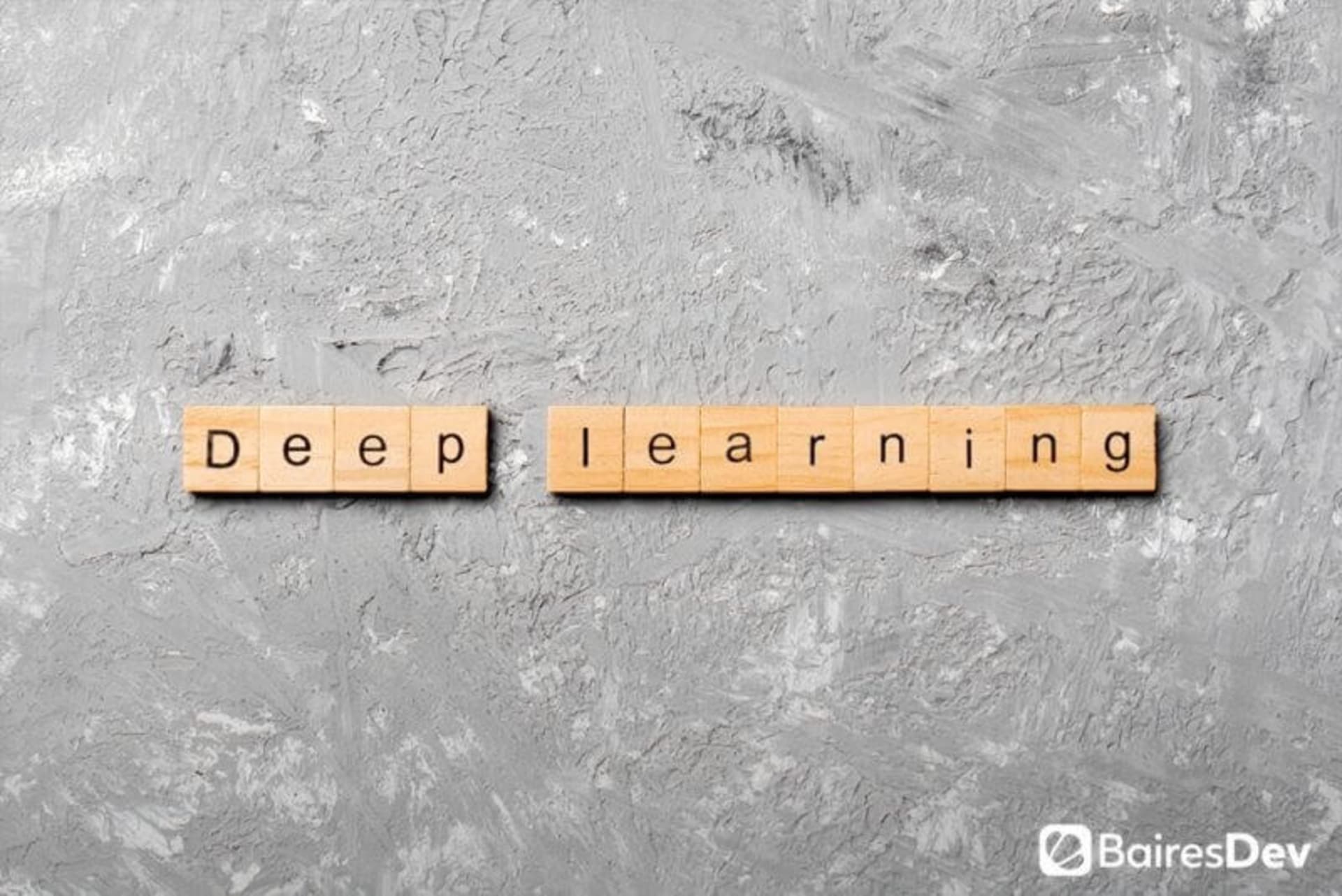Data visualization has become a key factor in helping businesses not only grow but be able to compete in the modern world of ever-expanding supply and demand. In fact, back in 2020, 67% of small businesses were spending over $10k on data analytics. That’s a fairly telling indicator as to the importance of data.
The problem with data is that it can be overwhelming. This is especially so for a company that has a large customer base or simply has to keep track of hundreds of thousands of data points. Being able to make sense of that data can mean the difference between it working for you or against you.
To help make data work for you, chances are quite good you’ll need to be able to take those massive collections of information and convert them into visualizations, such as:
- Charts
- Scatter plots
- Histograms
- Maps
- Diagrams
- Matrices
- Dendrograms
- Timelines
- Treemapping
- Tables
So imagine you have a terabyte worth of data. In its basic form, that data is just a collection of words and numbers. Making sense of data in that incarnation would be incredibly difficult. To make this task exponentially easier, you turn to visualizations.
But how do you visualize your data? You could opt to pay for a third party to crunch your numbers and convert them into more easily-consumable forms. Or, if you have Python developers, you could have the task done in-house.
You might be thinking, isn’t a language like PHP better suited for the job? To some, it might be, but it doesn’t preclude Python developers from handling data visualization.
Let’s find out if Python is the right tool to help your company visualize its data.
The problems with Python
First, let’s address Python’s data visualization weaknesses. First off, it doesn’t have nearly the powerful visualization libraries or frameworks of PHP. It has some, but they aren’t quite as strong. You have Matplotlib, which has a strange syntax. There’s also Seaborn, which is a slight improvement over Matplotlib. Pyplot is good, but it’s a commercial option. And Bokeh is really heavy for a library.
The advantages of Python
That doesn’t mean, however, you should overlook Python (or its libraries) for data visualization. Let’s take a look at what makes it a solid option.
It’s open-source
Because Python is open source you can easily extend it. In fact, developers are always creating new features and libraries to the point where you’ll find Python packages for nearly every task. This also means Python is free and easily accessible to anyone who needs it.
Python is easy to learn
Because Python is so easy to learn, your developers won’t have much trouble at all in getting up to speed with integrating the language into a data visualization system.
Database connectivity
One very big upside to Python is that it can be connected to nearly any file and/or database system. That means no matter what system was used to collect your data, it can most likely be used with Python.
Scalability
This is one area where Python blows away some other languages. Python scales very well. So if your business makes use of large amounts of data, Python should be able to handle everything you throw its way.
The libraries
So we’ve already mentioned the libraries as a problem. But that’s not a deal-breaker. In fact, there are 10 Python libraries geared specifically for data visualization. Those libraries are as follows:
- Bokeh – is based on the Grammar of Graphics and can create interactive, web-ready plots, which can then be output as JSON objects, HTML documents, or even interactive web apps. Another outstanding feature of Bokeh is its support of streaming and real-time data.
- geoplotlib – if you need to create maps for plotting geographical data, this is the library you require. One caveat to using this library is that you must also have Pyglet installed.
- ggplot – is ported from R and works quite differently than matplotlib by allowing you to layer components to create highly customized graphics from your data. This library is tightly integrated with Pandas, so data needs to be stored in a DataFrame for best results.
- Gleam – allows you to turn data analyses into interactive web applications. Because Gleam allows you to create these applications completely from within Python, you won’t have to bother with other languages.
- Leather – is a charting library for users who need basic charts that aren’t perfect. This is a relatively new library, so the documentation isn’t quite as complete as you might like.
- Matplotlib – although over a decade old, this is the most widely-used library for data plotting in Python. Designed to closely mimic MATLAB, matplotlib was one of the first data visualization libraries for Python. The one caveat of this library is that it’s not known for creating publication-quality charts easily. Matplotlib is very powerful, but also very complex.
- missingno – is a unique Library that helps you to quickly make sense out of missing data to better understand the completeness of a dataset.
- Plotly – is similar to Bokeh, only it is capable of creating contour plots, dendrograms, and 3D charts (which aren’t common in most Python libraries).
- pygal – can create interactive plots that can then be embedded into web pages or applications. Charts are output as SVG files, so pygal is really only useful for smaller datasets.
- Seaborn – evolves matplotlib into a library capable of producing beautiful charts with just a few lines of code. However, even that single line of code can become quite complex. So, you’ll need to know matplotlib first to understand Seaborn.
Conclusion
Although you may not think of Python as the go-to language for data visualization, don’t write it off yet. With this easy-to-learn language, your software engineers can create outstanding tools to bring your company’s data to life in such a way that anyone would be able to make use of the information to make informative decisions and insightful pivots, based on any number and type of information. If you decide to outsource Python development, you can further enhance these visualization capabilities to meet your unique business needs.
If you enjoyed this article, check out one of our other Python articles.







